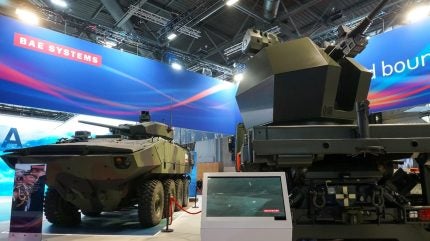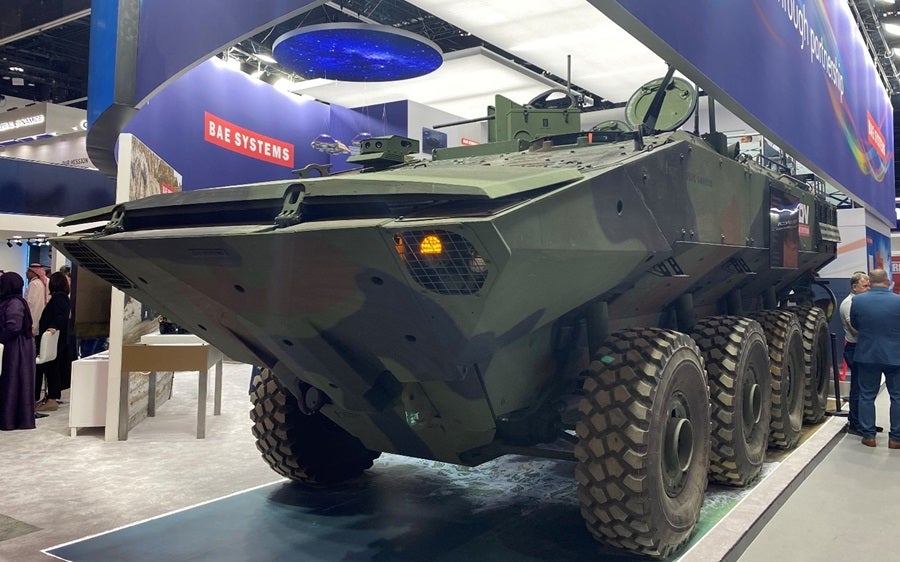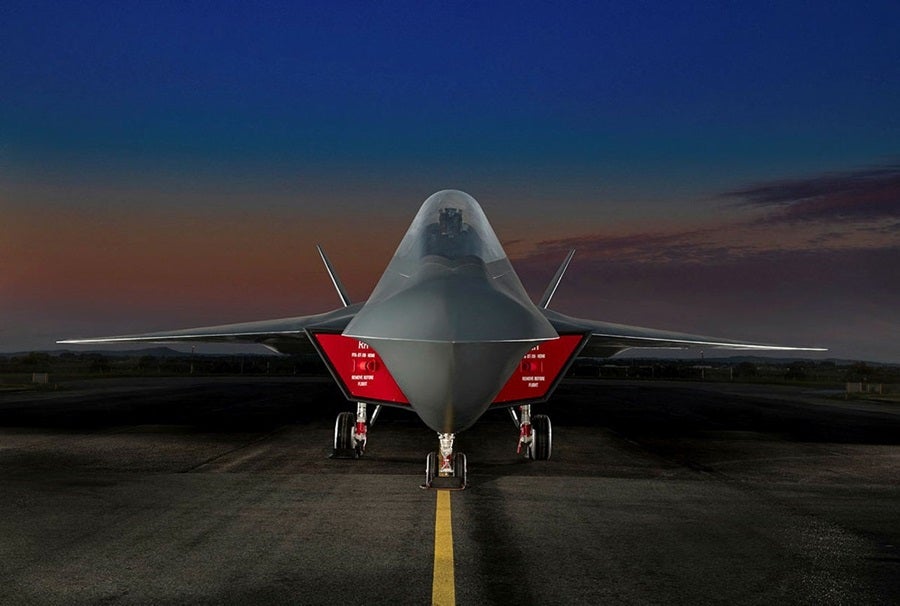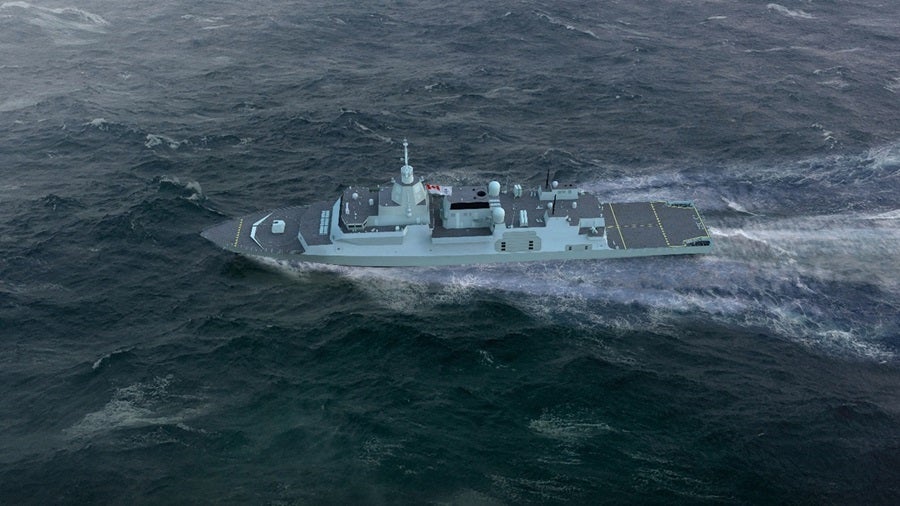
In a market update ahead of its annual general meeting, BAE Systems revealed that it does not expect to be materially impacted by global US-imposed tariffs.
The defence prime, which enjoys a global presence, is closely embedded within the US industrial base, with the majority of equipment it delivers to American customers produced within the US supply chain.
In fact, the company’s full year 2025 guidance remains unchanged from the preliminary results announcement published on 19 February, several weeks before US President Donald Trump’s dramatic tariff unveiling in the White House Rose Garden at the beginning of April.
“In 2025 we expect good growth in revenue and [earnings before interest and taxes] as well as solid cash generation,” the company added in the update.
US reprioritise
While safeguarded by its strong presence in the United States, where its wins most of its contracts, followed by the UK and Saudi Arabia, BAE is also secure amid the strategic shake-up underway at the US Department of Defense.
Since entering government, the US Defense Secretary Pete Hegseth directed a sweeping overhaul intended to eliminate waste and obselete programmes. While some of these policies are ideologically motivated, such as the cancellation of DEI projects, others look to reallocate funds to the most promising and lethal programmes.

US Tariffs are shifting - will you react or anticipate?
Don’t let policy changes catch you off guard. Stay proactive with real-time data and expert analysis.
By GlobalDataAmong these sacred areas of focus, Hegseth points to emerging capabilities such as the Golden Dome integrated air and missile defence network and hypersonic weapons. However, existing platforms will persist, such as BAE’s Amphibious Combat Vehicle (ACV), with which the Marine Corps will reach full operational capability before the end of the decade.
Likewise, BAE Systems provides structures for the US Navy’s Columbia-class nuclear-powered ballistic missile submarines as well as old, but reliable, M777 howitzers.

Strategic autonomy
Likewise, the company employs 107,000 people across 40 countries, which will also help to shield it from the protectionism that have come to define the next four years at least.
In Europe, for example, where BAE has operations in the UK and Sweden, the company will also benefit from the trend towards strategic autonomy.
The market update mentioned that the company accrued £600m ($800m) for various domestic and export awards this year through MBDA, the continent’s foremost complex weapons supplier, of which BAE controls a 37.5% stake alongside Airbus and Leonardo.
In March 2025, the chief executive of MBDA, Eric Béranger, stated that the group will soon be able to deliver weapon systems fully sourced from within Europe when the customer requires.

BAE also contributes heavily to the Global Combat Air Programme (GCAP), a trilateral partnership between Italy, Japan, and the UK, tasked with developing a sixth generation fighter jet as part of a wider system-of-systems effort.
The company will support the endeavour until at least 2035. According to a UK Defence Committee report, BAE observed that meeting this deadline will require developing the core platform in half the time of comparable programmes such as F-35 and Typhoon fighters.
Canada’s River-class destroyers
The Royal Canadian Navy is seeking River-class destroyers to replace its 12 Iroquois-class destroyers. While the construction of the first three ships was awarded to Irving Shipbuilding, the concept is based on the Type 26 Global Combat Ship model, a BAE Systems design.

BAE has included the award to its notable achievements for 2025 as part of its market update.
However, it is worth noting that this warship will lean heavily on systems procured from other defence primes based in the US.
Even if BAE Systems can source its own Mark 41 vertical launch systems, the company still requires Lockheed Martin’s Aegis Combat System, AN/SPY-7 radar, as well as Raytheon’s Standard Missile 2, Evolved Sea Sparrow missiles, and Tomahawk land-attack cruise missiles.
Navigate the shifting tariff landscape with real-time data and market-leading analysis.
Request a free demo for GlobalData’s Strategic Intelligence here.




